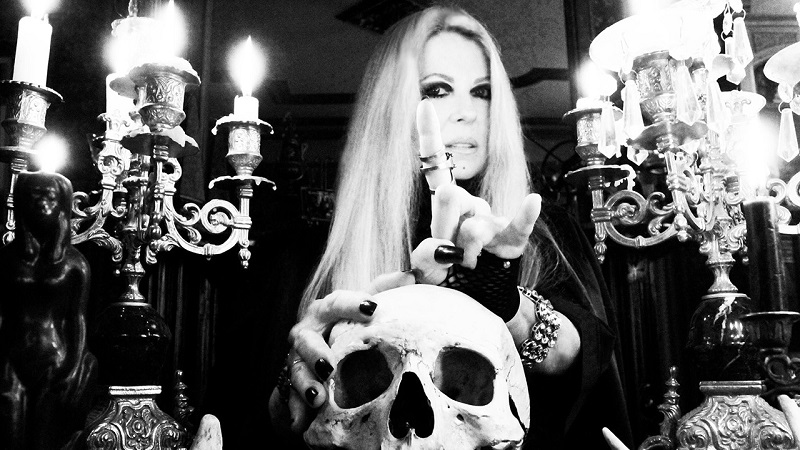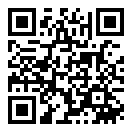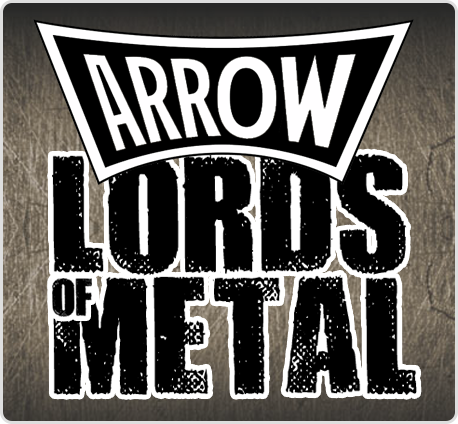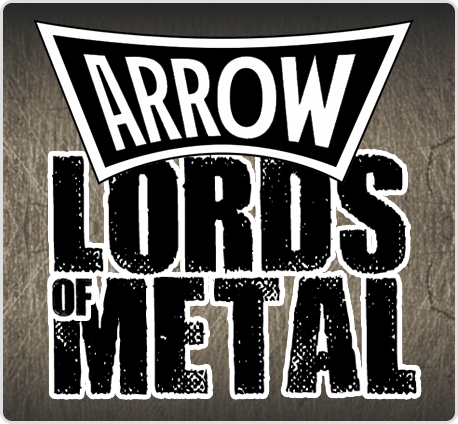
Coven – Demon Head
Wauw in Willemeen dit is heel gaaf!! Het was misschien wel de grootste verrassing qua boekingen op Roadburn 2017: de terugkeer van de legendarische band Coven. De groep rondom Jinx Dawson maakte eind jaren 60/begin jaren 70 de underground onveilig met hun occulte rock, om na drie albums weer in de diepten te verdwijnen. Het bleef tientallen jaren stil. Los van 2 obscure platen in de jaren 00 gebeurde er weinig rondom Coven. Tot Roadburn ineens uitpakte met deze boeking. Het was de eerste Europese show ooit voor Coven, voor misschien wel het grootste publiek wat ze ooit gehad hebben. Dat beviel Jinx en haar mannen zo goed dat de band een doorstart heeft gekregen. Ze komen nu terug voor een korte Europese tour
In 2019, Coven will celebrate 50 years since the release of the very first and inspirational occult rock album, ‘Witchcraft – Destroys Minds & Reaps Souls’. This tour would be an awesome celebration of this, led by the bands incredible frontwoman, the high priestess, Jinx Dawson.
Devil Horns, the Left Hand Path, Satanic Rituals, Black Magick, Sexuality, and a seminal debut-album that has had a lasting appeal since 1969 (!) Coven’s Witchcraft Destroys Minds and Reaps Souls was far ahead of its time.
Coven is a band that appeal to fans of all genres of rock and have influenced everyone from Black Sabbath and Pentagram, through to The Devils Blood and Watain.
The band’s diabolical mix of proto-metal paired with dark psychedelica and prog was dabbed in deeply occult lyrics, and has always been a celebration of all things Left Hand Path. Whether it’s the much sought after and talked about Witchcraft Destroys Minds and Reaps Souls, or the band’s third album Blood on the Snow, Coven’s output has terrified peers and audiences, as well as the moral-elite since their incarnation. Their extreme dark and shocking rites, thriving on a strong woman’s sexuality, was unheard of at the time.
A band of many firsts (and quite a few lasts, too), Coven was a unique product of their liberal, late-’60s environment, transforming their concerts and albums into full-fledged satanic rituals on a scale never seen in pop music up to that time. But once stripped of its considerable shock value, the band’s uneven mixture of psychedelic and early progressive rock was really more flawed than groundbreaking.
Coven was formed in late-’60s Chicago by Jinx Dawson (an Indiana native, first name Esther, who had previously studied opera), bassist Oz Osborne (no relation to the Black Sabbath singer), and drummer Steve Ross, and by 1967/1968, they could be seen opening local shows for visiting luminaries ranging from Vanilla Fudge to the Yardbirds, with the help of ancillary players Chris Nielsen on guitar and John Hobbs on keyboards. From the very beginning, Coven’s performances took the shape of elaborate satanic rites that largely overshadowed their music, but this didn’t stop local producer Bill Traut (the owner of local independent, Dunwich Records, and a major mover and shaker in the Windy City rock scene) from recognizing the core trio’s potential, then pairing them with external songwriters, and securing a wider distribution deal with Chicago’s own Mercury Records. The first spawn of their unholy union was 1969’s legendary Witchcraft Destroys Minds and Reaps Souls album, which draped Coven’s diffuse mix of psychedelic prog rock and pop under a veritable catalog of deeply occult lyrics, opening with a song named — remarkably enough — “Black Sabbath,” and culminating in a 13-minute reading of the Satanic Black Mass itself. What’s more, the album contained a now-infamous poster depicting said Black Mass, where bandmembers and associates dressed in monks’ robes hoisted torches, upside-down crosses, and threw devil’s horns hand signs over a stark naked Dawson, who herself served as the object of their human sacrifice. It should be noted, however, that the striking singer (who made it a point to cast the devil’s horns throughout the band’s shows) possessed a highly distinctive and refined voice reminiscent of Grace Slick, only much more powerful. Unfortunately, none of this would matter when the not-unexpected controversy that followed the album’s release led to widespread boycotts from retailers and mass returns. Then, the imminent rise to fame of Britain’s Black Sabbath and their own Ozzy Osbourne just a few months later muddled the situation even further, simultaneously causing much confusion for consumers and overshadowing Coven’s quickly dating psych tendencies under the deadweight of heavy metal’s leaden boots. The final blow came when Coven were cited in a March 1970 article in Esquire Magazine entitled “Evil Lurks in California,” that linked the counterculture with the occult via Charles Manson and his family’s heinous acts, convincing Mercury to officially withdraw Witchcraft Destroys Minds and Reaps Souls from circulation.
DEMON HEAD
Long winters and short glimpses of the sun gave life to Demon Head in 2012 in the city of Copenhagen. It quickly became clear that what the five demon lovers had awoken could not be buried again. The sound of old amplifiers, tape recording, and raw power shows the inspirations from the first really heavy bands, blues and gloomy music in all its forms. A sinister kind of diabolical saw its first live appearance in late 2013 and since then Demon Head hasn’t seem to be able to stop. Live shows have become notorious for their spell-like intensity and loud, dark groovyness.





